When a business begins growing, the signs are often good. Expansion and success often go hand in hand, so when a company formally announces its decision to move forward with development plans, there’s a strong chance that it’s performing well.
Growing is great, no doubt – but it comes with its own set of risks you can’t ignore. Cash flow should always be taken into consideration regardless of the direction in which your business is headed, and particularly so when it comes to expansion. Here are a few things to remember as your business gets bigger, helping you to remain afloat.
Looking ahead
Expanding your company and maintaining a healthy cash flow at the same time involves looking far enough ahead into the future. First of all, you’ll need to guarantee you have around either sufficient reserves (money in the bank) OR a flexible lending relationship to cover overheads for the short term – as this will prop you up during the transition period. Your company will also need enough financial clout to tick over into the medium term, and not just for survival a few weeks from now.
Getting what you’re owed on time
As a small business, you might have a warm, familiar relationship with many of your customers. Client rapport is important, but you can’t afford to do them any financial favours during expansion.
You could be used to receiving payments a week or two after the initial due date, but you need to stamp this out before you engage in business growth plans. Late/unpaid invoices can create cash flow havoc, so set strict payment dates to make sure you get what you’re owed on the day you were promised it. Practically speaking, a direct debit option such as GoCardless or DueCourse is an ideal way to take control of this yourself and not rely on the client to pay.
Determining what you need
This can be difficult to get right when you first begin to grow, but determining accurate stock levels is important when it comes to implementing steady, co-ordinated cash flow. Too much or too little stock can unsettle things, so you’ll need to deduce how much is the “right” amount as quickly as possible.
It’s also crucial to understand what you are planning to fund in the future. Equipment purchases can be financed in a flexible way to ensure you only borrow what you need. Fleet financing is also an opportunity to minimise the risk, albeit at a financial cost.
Managing your payroll
When a company grows, there are usually personnel changes involved somewhere along the way. As your business blossoms, consider the realistic budget for recruitment and what implications hiring new staff will have for current employees. For example, does a fresh recruit mean an existing worker will receive a promotion and pay rise?
Keeping up with payroll obligations is essential when managing your cash flow, so don’t forget to consider staff-switching consequences as your company matures.
If your business is in a strong financial position and you believe the time is right to broaden your horizons, make sure you’ve taken cash flow into account before you make any big moves. There is a lot to think about it and support throughout the process is crucial.
Maintaining Financial Visibility
One aspect that is often over-looked is keeping track of the numbers over multiple sites. We have another full blog about this, but wanted to mention it here. Yes, you need managers you can trust. But as important is utilising the latest cloud software to manage staff rotas, staff timekeeping and the profitability of each site. 10 years ago, this meant physically picking papers up from each site. Today, all of this can be accessed through your phone, tablet or PC. The information you need when you need it.
If you’d like some advice and assistance on cash flow management and visibilty as you expand, Nabarro Poole can help. Give us a call on 0161 998 4276 today.


Recent Comments